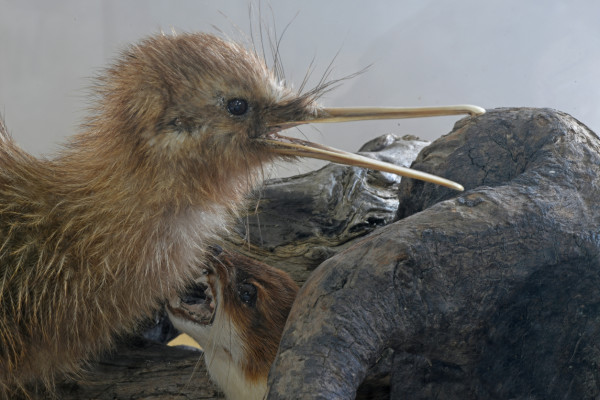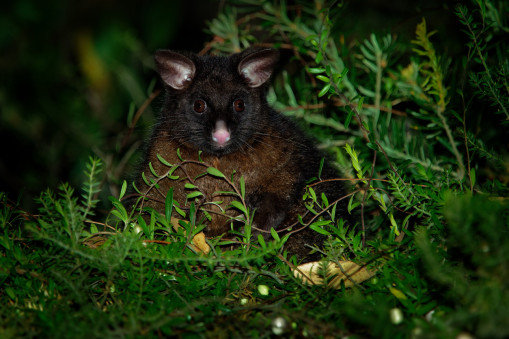Co-funding to fine-tune smart swarm robots
28 February 2023 | Read time: 4 minutes

SfTI’s Biosecurity Spearhead project is developing a swarm of smart networked sensors, with robotic assistants, that use artificial intelligence to detect the last predators in New Zealand. The team are working on the technology to make this possible and have recently received a boost towards their ultimate goal with the Bioheritage National Science Challenge co-funding the project with a further $300,000. This collaboration is aimed specifically at developing the models of animal behaviour that will underpin the artificial intelligence.
SfTI’s Biosecurity Spearhead co-Lead Katerina Taskova is pleased with this additional support for the project’s ambitious goal to support Predator Free 2050.
“This is the perfect partnership with Bioheritage providing an extra boost of funding which will look more at research into modelling around the animals themselves and their behaviour in order to inform and assist the technology.”
“This is the perfect partnership with Bioheritage providing an extra boost of funding which will look more at research into modelling around the animals themselves and their behaviour in order to inform and assist the technology.”

“We need models to tell us when the quantity and location of the animals indicate that it is the right time to shift from a stationary hunt (like a spider with a web) to the mobile approach our swarm will take.” Said Katerina.
As part of this additional funding, spatial models that have already been developed for possums, stoats, and rats, will be used to develop search strategies that will maximise the number of animals detected per search sensor effort.
Dr Rachelle Binny, Mathematical Modeller at Manaaki Whenua Landcare Research, is part of the team that will conduct this part of the project.
“This new collaboration will identify optimal search strategies that a swarm of networked sensors could use to detect pests in New Zealand’s landscapes. By modelling a mobile swarm of sensors, we will simulate different search scenarios to gauge the most cost-effective approach, for example, how long detectors should spend hunting for pests in an area before moving to a new location.
“This new modelling work will complement SfTI’s development of AI and robotics technology by providing a set of specifications for how the swarm should optimally search the landscape to detect pests at low densities.” Said Rachelle.

Achieving New Zealand’s predator-free goals will require a range of cost-effective methods for surveillance and control. Optimised swarm technology could greatly enhance the surveillance systems that are currently being deployed to confirm successful eradication of pests from an area.
SfTI looks for opportunities for collaboration throughout its programme of research.
“We aim to identify opportunities to bring the right people together and overcome the competition in the science system in favour of collaboration and impact under one mission” said SfTI director Sally Davenport.
SfTI’s Biosecurity Spearhead project is currently preparing the prototype swarm technology for field trials. Find out more about the Spearhead.